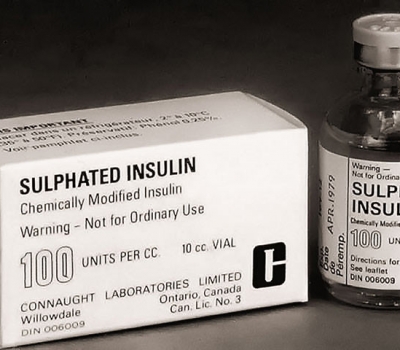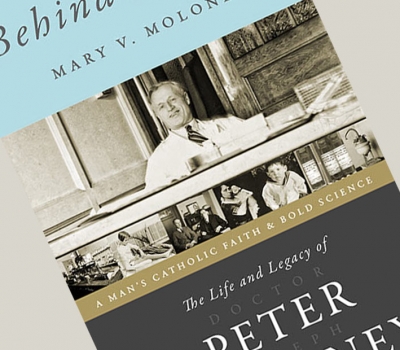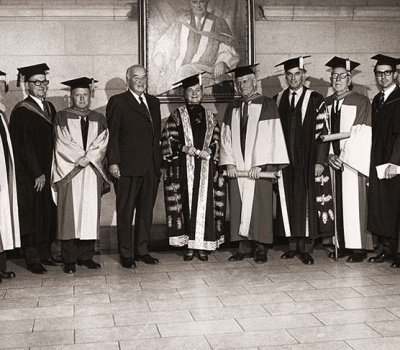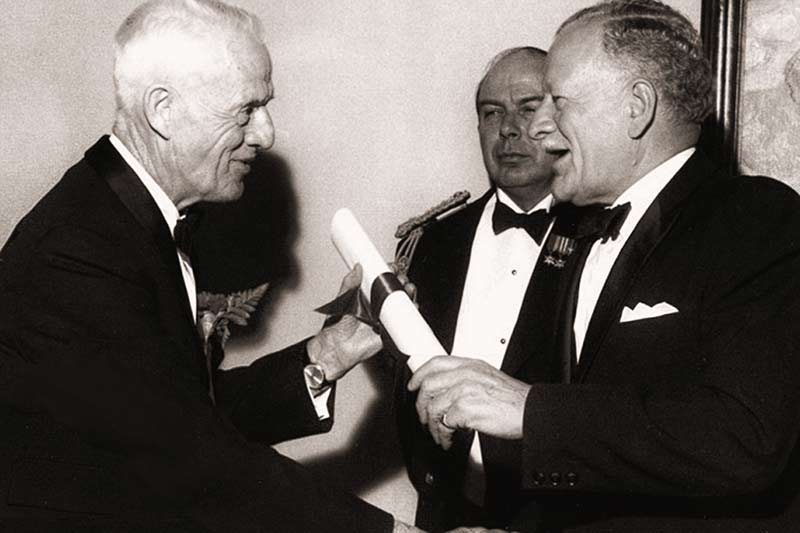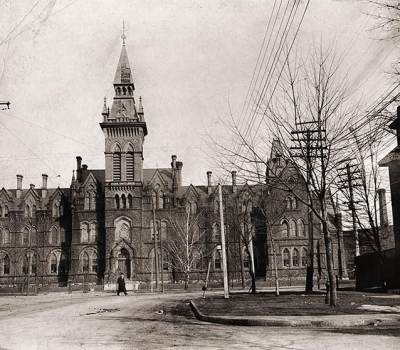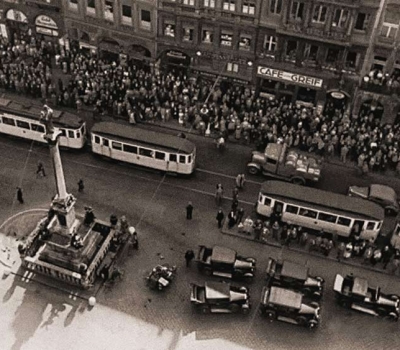After being only a short time at Cutter Laboratory, Berkeley, Moloney decided to take the offer of a job at Ottawa, for the Government at the Experimental Farms. He went there in August 1916. His outstanding work there involved a very simple method of separating hippuric acid from urine of cows and then purifying into crystals, and from it, obtaining benzoic acid and glycine, an amino acid. The clear colorless solution [of hippuric acid] yielded long white needle-like crystals and these could be broken into benzoic acid and glycine. To note, proteins are made up of amino acids, according to the nature of the animal or plant. Insulin, which would prove to occupy an important place in Moloney's scientific research, contains 51 amino acids.

The benzoic acid was crystallized, the crystals looking like little plates. From benzoic acid, Moloney made a new compound, an ester with a most beautiful perfume (reminiscent of oil of wintergreen). In glass vials about three inches long, with glass stoppers, he put 1) hippuric acid, pure white crystals 2) benzoic acid, also pure white crystals 3) ethyl benzoate, a liquid that will not mix well with water, and that has a very beautiful perfume.
In Toronto he showed them to Fr. Carr, who called in a friend and asked him: "What do you think they're made from? Cow's urine." Actually, a higher price could have been brought for 1 lb. of hippuric acid from the urine of 13 cows than from their milk.


